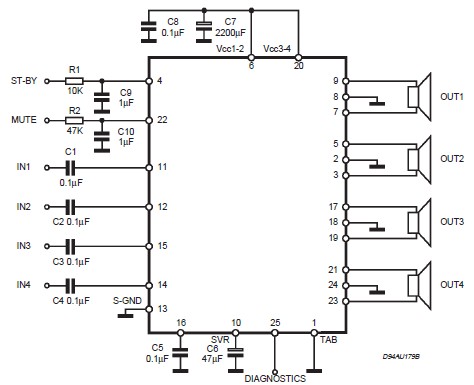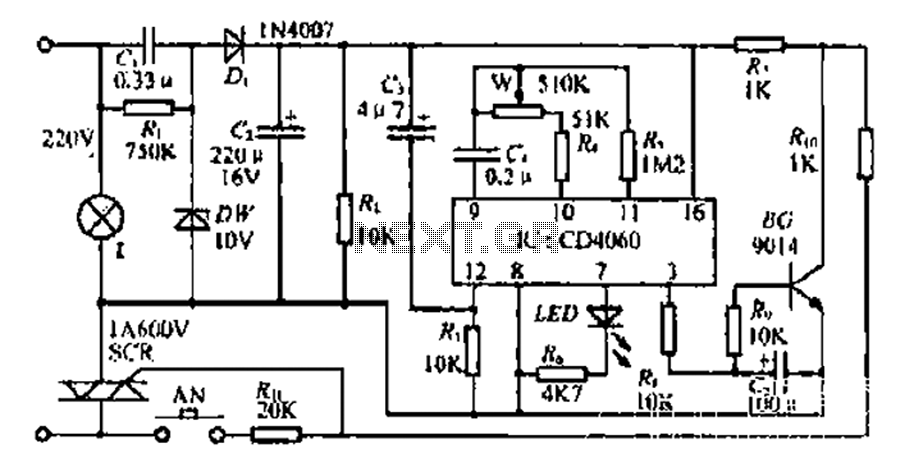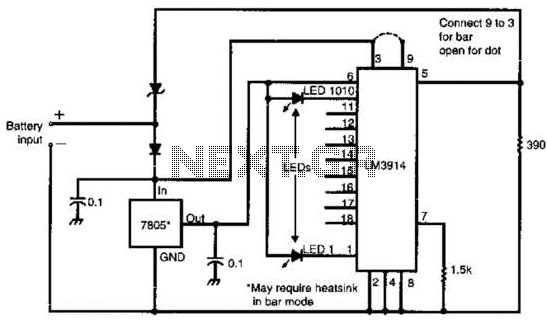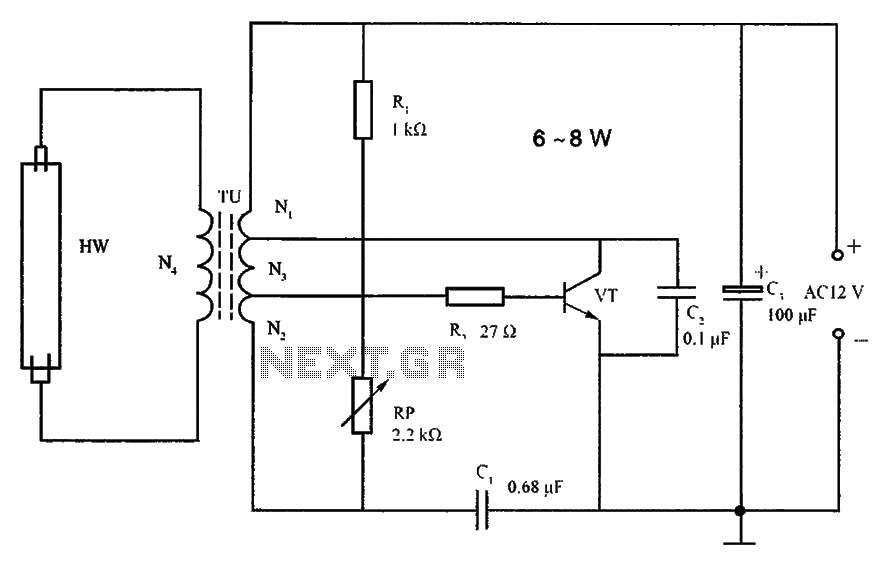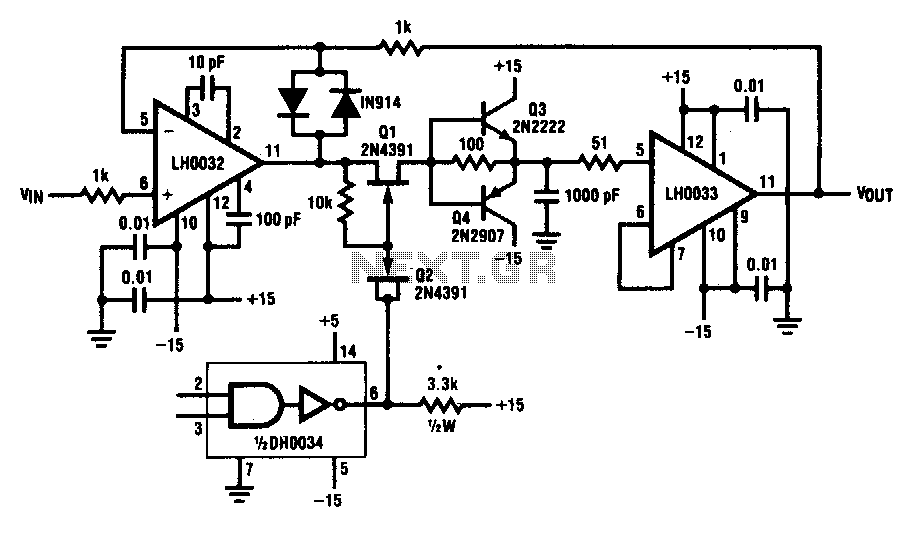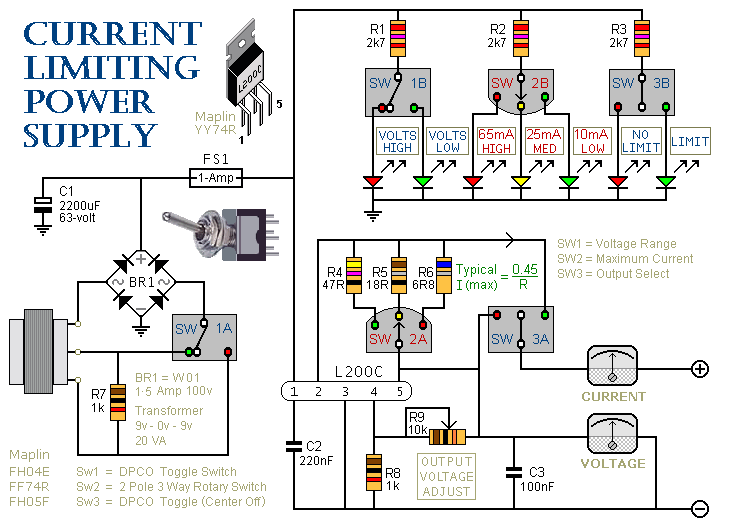
power amp 10 000w circuit diagram
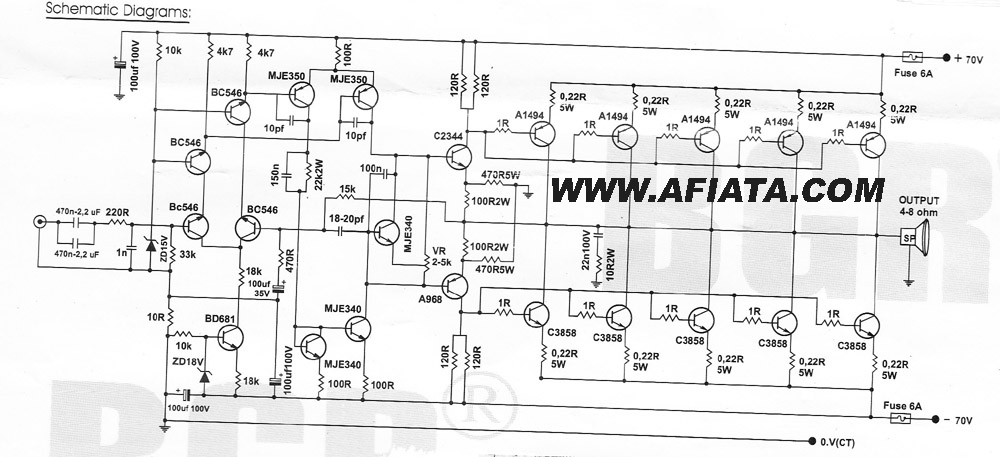
How many speakers can be attached to this amplifier, and what are the impedance and wattage values of these speakers? Please respond to my email. Sir, you made this amplifier, and it works properly for a lifetime. Which transformer is used for two channels, and how many capacitors are used in the power supply, along with their values? I have a 1000-watt stereo professional power amplifier. The power supply is rated at 50V-0V-50V with a current capacity of 20 amperes. The total computation is 50V x 10A = 500W for the right channel and 50V x 10A = 500W for the left channel, resulting in a true power output of 1000W. The speakers used are rated at 500W and 4 ohms per channel, or alternatively, two speakers rated at 250W and 8 ohms can be connected in parallel per channel to achieve a full 500W per channel. Additionally, I have a Pioneer power amplifier that can load four speakers rated at 1000W and 8 ohms in parallel per channel, with a total load of 2 ohms per channel, allowing for a total of 8 speakers rated at 1000W and 8 ohms in my stereo system for both the right and left channels. However, this is my personal copy of the schematics, and I cannot share them.
The amplifier in question is a 1000-watt stereo professional power amplifier designed to operate with a dual power supply configuration of ±50V. This voltage supply is capable of delivering a maximum output current of 20 amperes, which results in a total power output of 1000 watts when calculated as 50V multiplied by 10A for each channel. The design allows for a variety of speaker configurations, with the primary setup being a single 4-ohm speaker rated at 500 watts per channel. Alternatively, two 8-ohm speakers rated at 250 watts can be connected in parallel for each channel, maintaining the same power output.
For applications requiring more extensive speaker configurations, the amplifier can also accommodate a Pioneer power amplifier that supports up to four 8-ohm speakers rated at 1000 watts per channel. This setup effectively lowers the total impedance to 2 ohms per channel, allowing for a higher current draw and increased power handling capabilities. The total system can support up to eight 8-ohm speakers, each rated at 1000 watts, split across the stereo channels.
In terms of the internal components, the transformer utilized for this amplifier is critical for ensuring adequate power delivery to the output stages. The choice of transformer will depend on the specific design requirements, including the ability to handle the necessary voltage and current ratings. The power supply section also includes several capacitors, which are essential for filtering and stabilizing the DC voltage supplied to the amplifier. The exact number and values of these capacitors will depend on the amplifier's design specifications and are typically chosen to minimize ripple and enhance performance under load conditions.
Overall, this amplifier is designed for robust performance and versatility in various audio applications, capable of driving multiple speaker configurations effectively while maintaining sound quality and reliability.How many speaker attach with this amplifier and what is the what is the speaker Ohom and watt valu of this speaker plz ans me my email Sir, you made this amp and reallly properlly works this amp to used life time. Which transfarmer used for 2 channals . and how many capacitors are used in power supply . which value, I have a 1000watts stereo prof power amp. the power supply is 50v-0v-50v with 20amperes the total computation is 50v x 10a=500w on right channel and 50v x 10a=500w on left channel that is true power output 1000w. the speaker used is 500w 4ohm per channel or you can substitute two speaker 250w 8ohms in parallel per channel to full 500w per channel.
I have also pioneer power amp can load 4 speakers 1000w 8ohms in parallel per channel the total load is 2ohms per channel the total speaker is 8speakers 1000w 8ohm in my stereo or right and left channel. but this is my personal copy schematics i can`t share this. 🔗 External reference
The amplifier in question is a 1000-watt stereo professional power amplifier designed to operate with a dual power supply configuration of ±50V. This voltage supply is capable of delivering a maximum output current of 20 amperes, which results in a total power output of 1000 watts when calculated as 50V multiplied by 10A for each channel. The design allows for a variety of speaker configurations, with the primary setup being a single 4-ohm speaker rated at 500 watts per channel. Alternatively, two 8-ohm speakers rated at 250 watts can be connected in parallel for each channel, maintaining the same power output.
For applications requiring more extensive speaker configurations, the amplifier can also accommodate a Pioneer power amplifier that supports up to four 8-ohm speakers rated at 1000 watts per channel. This setup effectively lowers the total impedance to 2 ohms per channel, allowing for a higher current draw and increased power handling capabilities. The total system can support up to eight 8-ohm speakers, each rated at 1000 watts, split across the stereo channels.
In terms of the internal components, the transformer utilized for this amplifier is critical for ensuring adequate power delivery to the output stages. The choice of transformer will depend on the specific design requirements, including the ability to handle the necessary voltage and current ratings. The power supply section also includes several capacitors, which are essential for filtering and stabilizing the DC voltage supplied to the amplifier. The exact number and values of these capacitors will depend on the amplifier's design specifications and are typically chosen to minimize ripple and enhance performance under load conditions.
Overall, this amplifier is designed for robust performance and versatility in various audio applications, capable of driving multiple speaker configurations effectively while maintaining sound quality and reliability.How many speaker attach with this amplifier and what is the what is the speaker Ohom and watt valu of this speaker plz ans me my email Sir, you made this amp and reallly properlly works this amp to used life time. Which transfarmer used for 2 channals . and how many capacitors are used in power supply . which value, I have a 1000watts stereo prof power amp. the power supply is 50v-0v-50v with 20amperes the total computation is 50v x 10a=500w on right channel and 50v x 10a=500w on left channel that is true power output 1000w. the speaker used is 500w 4ohm per channel or you can substitute two speaker 250w 8ohms in parallel per channel to full 500w per channel.
I have also pioneer power amp can load 4 speakers 1000w 8ohms in parallel per channel the total load is 2ohms per channel the total speaker is 8speakers 1000w 8ohm in my stereo or right and left channel. but this is my personal copy schematics i can`t share this. 🔗 External reference
